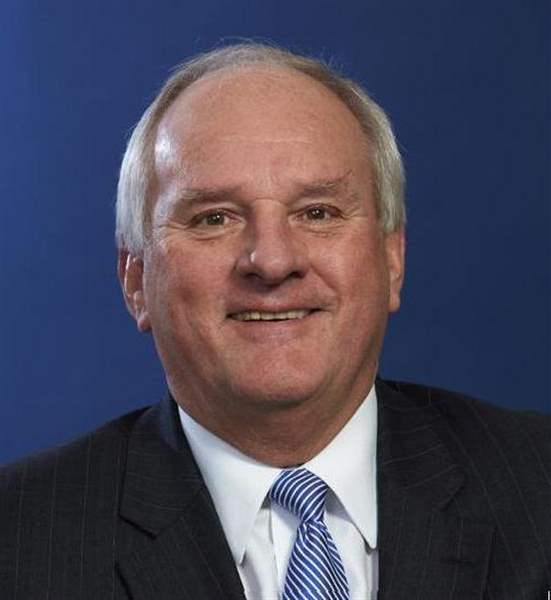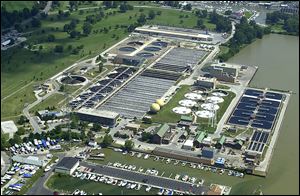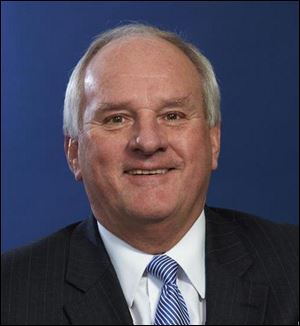
Guest Column
Dredge facility safe, environmentally sound
9/29/2013
Carroll

The City of Toledo's wastewater treatment plant in Bay View Park.

Carroll
The disposal of the City of Toledo’s treated sewage sludge at a facility at the mouth of the Maumee River in Oregon is the target of unfair and untrue allegations. Critics falsely accuse the Toledo-Lucas County Port Authority, which manages Facility 3, of disregarding public health and damaging the environment. Here are the facts.
At Facility 3, material dredged from the Toledo Ship Channel is blended with processed biosolids — materials that result from the treatment of sewage sludge at the city’s Bay View Wastewater Treatment Plant in Point Place. These biosolids are safely recycled and applied as fertilizer and landfill cover.
A company that lost a long-term contract with the City of Toledo to process the biosolids at Facility 3 is the source of many of the allegations. That company has publicly questioned the environmental impact of the processes used by S&L Fertilizer, which now holds the city contract.
As a result of complaints to the Ohio Environmental Protection Agency, the waters surrounding the dredge disposal facility were tested in 2010 and 2011. No elevated levels of E. coli bacteria or phosphorous were found. Nothing was leaching from Facility 3.
The U.S. Army Corps of Engineers built the facility in the 1960s to hold material dredged from the Maumee River and western Lake Erie’s Maumee Bay. This material is primarily fine silt that’s from farm fields in the Maumee watershed.
The federal Natural Resources Conservation Service is working to keep more of the material on the fields. Each year, though, 850,000 cubic yards of material must be dredged from the ship channel to give vessels access to the Port of Toledo’s 16 marine terminals.
These terminals move as much as 12 million tons of cargo a year and support 7,000 jobs. The Port Authority, working with the local environmental community, seeks beneficial reuse of the dredged material. Our ultimate goal is to eliminate open lake placement of dredged sediments.
One of the most promising reuse products is S&L Fertilizer’s Nu-Soil. The company blends dredged material with biosolids and lime to create a topsoil-like product. Nu-Soil is trucked out of Facility 3 and used for various purposes, including cover approved by the Ohio EPA for the City of Toledo’s landfill.
The city’s sewage treatment facility treats the biosolids to remove 99 percent of potential infectious agents. An independent laboratory tests each batch of Nu-Soil.
These tests have not detected fecal coliform or other bacteria in Nu-Soil.
Nu-Soil’s development began more than 25 years ago, with the oversight of the Ohio EPA. S&L’s permit from the state requires regular testing. The U.S. Environmental Protection Agency and Toledo environmental officials also monitor Nu-Soil production.
Nu-Soil is a safe and progressive approach to using waste materials to create a valuable product. Tests of the product, and of Facility 3, have consistently shown that the procedures are safe.
The Port Authority values Lake Erie as an irreplaceable resource that provides economic benefits to the Toledo region and improves our quality of life. We also value the local environment.
Each day, we strive to carry out best environmental practices in our projects, and to make our community a better and more sustainable place to live. Our management of Facility 3 demonstrates these commitments.
William Carroll is chairman of the Toledo-Lucas County Port Authority.